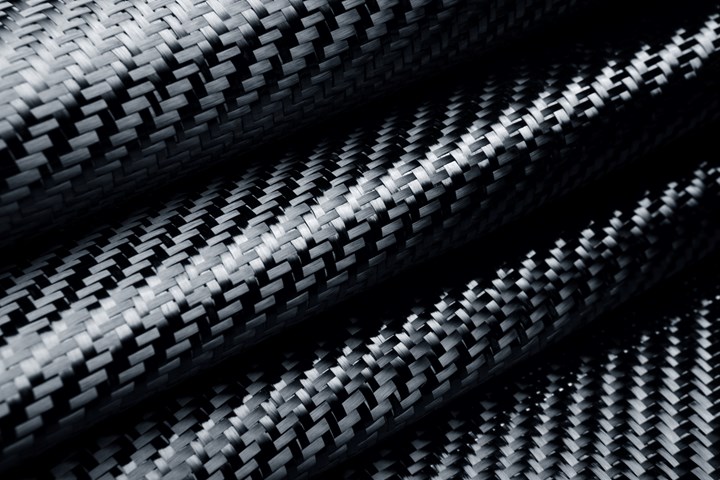Clean Energy Research Foundation demonstrates “double-strength" carbon fibers
Development of fibers through the macromolecular assembly, coalescence of CNTs result in ultra-strong nanomaterials with high electrical and thermal conductivity.
Clean Energy Research Foundation Inc. (Woodbury, N.Y., U.S.) has announced a major milestone in its research and development (R&D) program to develop and manufacture ultra high-strength nanomaterials. In the article, “Ultrahigh strength, modulus, and conductivity of graphitic fibers by macromolecular coalescence,” published in the April 22, 2022 issue of Science Advance, researchers were able to combine carbon fibers with carbon nanotubes (CNTs) to produce a “double-strength” “graphitic” carbon fiber.
The experiments were based on what is said to be a method-first published in U.S. patent 10,059,595 for Ultra High Strength Nanomaterials And Methods Of Manufacture. According to Neil Farbstein, president of Clean Energy Research Foundation, the ultra-strong carbon fibers have very high electrical and thermal conductivity. “This makes it possible to manufacture much lighter satellites, wind turbine blades, armor and fuel-efficient vehicles. Everything made with carbon fiber-reinforced composites can be made stronger, tougher and lighter using the breakthrough fibers,” Farstein says.
Clean Energy Research Foundation Inc. numbers among its accomplishments;
- Issuing of U.S. 10,059,595 by the U.S. patent office on Aug. 28, 2018.
- Reduction to practice successful testing of coalescence processes in the patent.
- Methods of manufacturing ultra high-strength solid objects by macromolecular coalescence of double-walled carbon nanotubes (DWNT).
- Methods of manufacturing nanophase ceramics with what is said to be record-breaking strength.
- Methods for ultra-tough DWNT membranes, nanopaper and laminated materials.
“While the information in the patent was successfully used to make
terapascal double-strength carbon fibers, we are still looking for investors and R&D partners to help us achieve proof of principle of other embodiments in the patent, including ultra high-strength molded solid objects,” Farbstein adds. “The patent is available for licensing.”
Related Content
-
Recycling end-of-life composite parts: New methods, markets
From infrastructure solutions to consumer products, Polish recycler Anmet and Netherlands-based researchers are developing new methods for repurposing wind turbine blades and other composite parts.
-
Cryo-compressed hydrogen, the best solution for storage and refueling stations?
Cryomotive’s CRYOGAS solution claims the highest storage density, lowest refueling cost and widest operating range without H2 losses while using one-fifth the carbon fiber required in compressed gas tanks.
-
The potential for thermoplastic composite nacelles
Collins Aerospace draws on global team, decades of experience to demonstrate large, curved AFP and welded structures for the next generation of aircraft.














